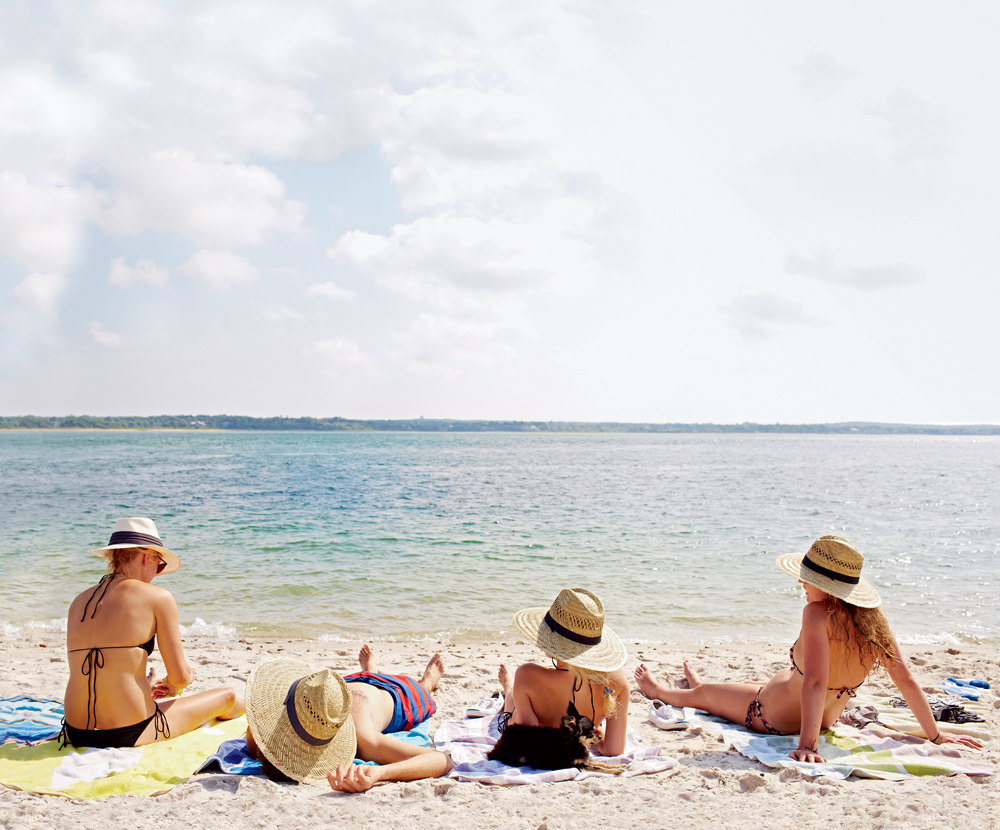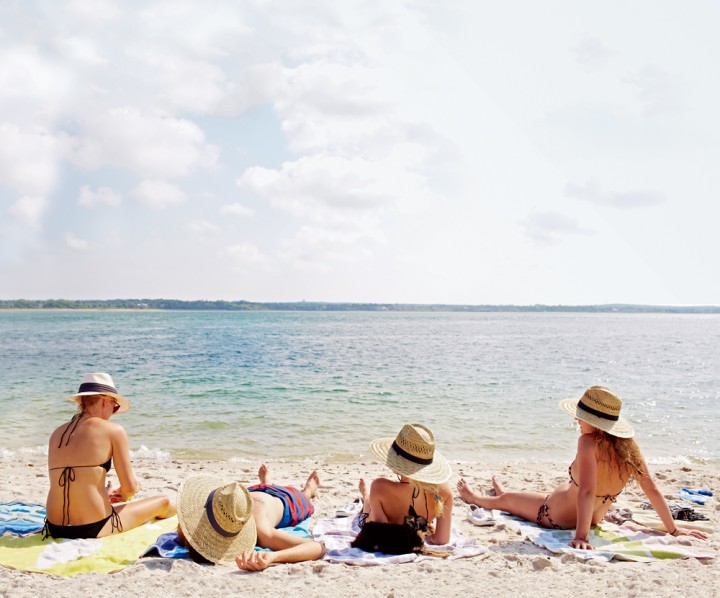Sunscreen Facts | Ask the Expert
Deb Girard dispenses some sunscreen facts. Sun-warmed skin is one of life’s simple pleasures, but sun and skin don’t always get along. From sunburn to the dangers of skin cancer, sun exposure comes with real risks. Last year, the Melanoma Foundation of New England began championing sun safety by dispensing free sunscreen in public spaces […]

Deb Girard dispenses some sunscreen facts.
Sun-warmed skin is one of life’s simple pleasures, but sun and skin don’t always get along. From sunburn to the dangers of skin cancer, sun exposure comes with real risks. Last year, the Melanoma Foundation of New England began championing sun safety by dispensing free sunscreen in public spaces around Boston; this year, the organization’s goal is to place 400 dispensers. Deb Girard, the Foundation’s executive director, offers some sun-safety advice.

Limit Your Exposure With sun, a little goes a long way. Avoid extended exposure between 10:00 a.m. and 2:00 p.m., when the sun is most intense. Remember: If your shadow is shorter than you are, the sun’s rays are at their strongest.
Dress for Success Girard recommends wearing protective clothing, including a hat with a brim and UV-protective sunglasses. Generally, dark colors offer better protection than light colors, but even covering up doesn’t necessarily provide full protection. If you can see light through a fabric, UV rays can get through, too.
Use Sunscreen Apply broad-spectrum sunscreen (protecting against both UVA and UVB rays) 30 minutes before going outside, and reapply every couple of hours. Even “waterproof” sunscreens can wash off when you sweat or swim and then towel off, so reapply often.
Be Generous When putting sunscreen on, pay attention to all other exposed areas: One ounce of sunscreen (enough to fill your palm or a shot glass) is recommended to cover the arms, legs, neck, and face of the average adult. After the Foundation’s sunscreen dispensers were installed in Boston last year, Girard and her staff observed that many parents failed to apply sunscreen to their kids’ faces and ears, or they put sunscreen on their children but not on themselves. “We realized that not everyone knows how to apply it,” Girard notes.
For its public dispensers, the Foundation chose an organic sunscreen. “There are no reliable data supporting the idea that chemical sunscreens are dangerous or poisonous,” Girard says, “but a lot of people feel strongly about chemicals. By offering an organic sunscreen we could keep the focus on the importance of sun protection, without getting sidetracked into a debate on active ingredients.”
Know Your SPF SPF (sun protection factor) is the level of protection a sunscreen provides against UVB rays, the main cause of sunburn. An SPF 30 sunscreen lowers a 30-minute sun exposure to the equivalent of one minute of unprotected exposure. The higher the number, the more the protection. SPF 50 sunscreens filter out approximately 98 percent of UVB rays. The higher you go, the smaller the difference becomes. Always use sunscreens with an SPF of 30 or higher.
Don’t Tan Using a tanning bed for 20 minutes is equivalent to spending as much as three hours at the beach without sun protection. “Tanned skin is damaged skin,” Girard says. “Anytime the color of your skin changes, you’ve caused a mutation. Tanning beds are even more dangerous than the sun. No one goes into a tanning bed with sunscreen on.”
Eat Your Vitamin DSun exposure does prompt your body to create healthy vitamin D, but Girard recommends getting most of your vitamin D from supplements or foods such as orange juice, milk, and fish. Ten minutes of unprotected sun two or three times a week is enough to help your skin make vitamin D. Getting more sun won’t increase your vitamin D level, but it will increase your risk of skin cancer.
Get Serious More than five million skin cancers are diagnosed each year. The incidence of melanoma, the deadliest form of skin cancer, is rising faster than that of any other cancer. “It’s a serious problem, an epidemic, really,” Girard says. “We haven’t taken it seriously enough, and that has to change.” Melanoma is the second-most-common cancer among young men and women between the ages of 15 and 29. “Most melanomas can be treated if caught early, but there’s still no cure,” Girard cautions. “The best treatment is not to get it at all.”
Melanoma Foundation of New England, Concord, Mass.: mfne.org
Joe Bills
Associate Editor Joe Bills is Yankee’s fact-checker, query reader and the writer of several recurring departments. When he is not at Yankee, he is the co-owner of Escape Hatch Books in Jaffrey, NH.
More by Joe Bills

